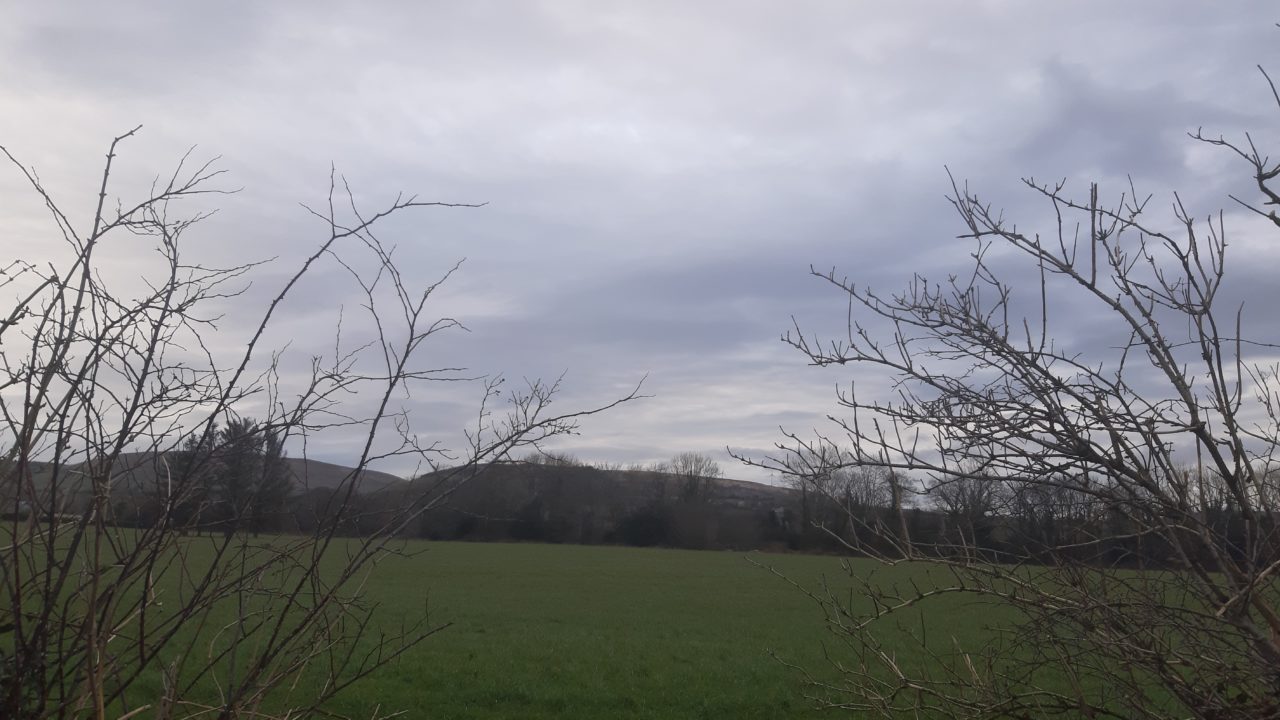Met Éireann has said that the weather in November was mild overall, with the wettest conditions reported in the northwest.
In its latest climate statement, the national meteorological service said that low pressure systems dominated Ireland’s weather for the first two thirds of November.
This resulted in above average temperatures with rain or showers reported on most days. During the last third of the month cooler conditions set in.
November saw the arrival of two named storms: Ciarán and Debi, with the latter bringing strong, damaging winds and heavy rain in the middle of the month.
November
The Met Éireann report shows that rainfall was above average in the north and northwest last month, while levels were below average in the midlands, south and east.
Most of the monthly rainfall totals across the country were below their 1981-2010 long-term average (LTA).
Monthly rainfall totals ranged from 41.2 mm (56% of its LTA) at Casement Aerodrome, Co.Dublin to 209.6 mm (123% of its LTA) at Newport, Co. Mayo.
The month’s wettest day was also recorded at Newport, Co.Mayo with 45.9mm on Monday 13.
The number of rain days ranged from 18 days at Roche’s Point, Co. Cork to 28 days at Valentia Observatory, Co. Kerry.

Mean temperatures for the month ranged from 6.6°C (0.4° above its LTA) at Knock Airport, Co. Mayo to 10.2° (0.7° above its LTA) at Sherkin Island, Co. Cork.
The month’s highest temperature was reported at Phoenix Park, Co Dublin on November 18 with a temperature of 14.6°.
Both the month’s lowest air and grass minimum temperature were recorded on November 30 at Mount Dillon, Co. Roscommon. The lowest air minimum was -5.1°, while the lowest grass minimum was -9°.
The number of days with ground frost ranged from zero days at Malin Head, Co. Donegal to 19 days at Mount Dillon, Co. Roscommon.
Met Éireann said that monthly sunshine totals ranged from 51.9 hours at Malin Head, Co Donegal to 101.2 hours at Cork Airport, Co. Cork.
The highest number of daily sunshine hours recorded this month was 8.1 hours at Johnstown Castle, Co. Wexford on November 3.
The month’s highest gust was reported at Athenry, Co. Galway on November with 62 knots (114 km/h) during Storm Debi.
Climate
Meanwhile, a new report from the World Meteorological Organisation (WMO) has said that the period from 2011-2020 was the warmest decade on record.
The WMO said continued rising concentrations of greenhouse gases (GHGs) fuelled record land and ocean temperatures and “turbo-charged a dramatic acceleration in ice melt and sea level rise”.
The Antarctic continental ice sheet lost nearly 75% more ice between 2011-2020 than it did in 2001-2010.
The WMO said that this is “an ominous development for future sea level rise which will jeopardise the existence of low-lying coastal regions and states”.
“Our weather is becoming more extreme, with a clear and demonstrable impact on socio-economic development.
“Droughts, heatwaves, floods, tropical cyclones and wildfires damage infrastructure, destroy agricultural yields, limit water supplies and cause mass displacements,” Prof. Petteri Taalas, WMO secretary-general, said.
